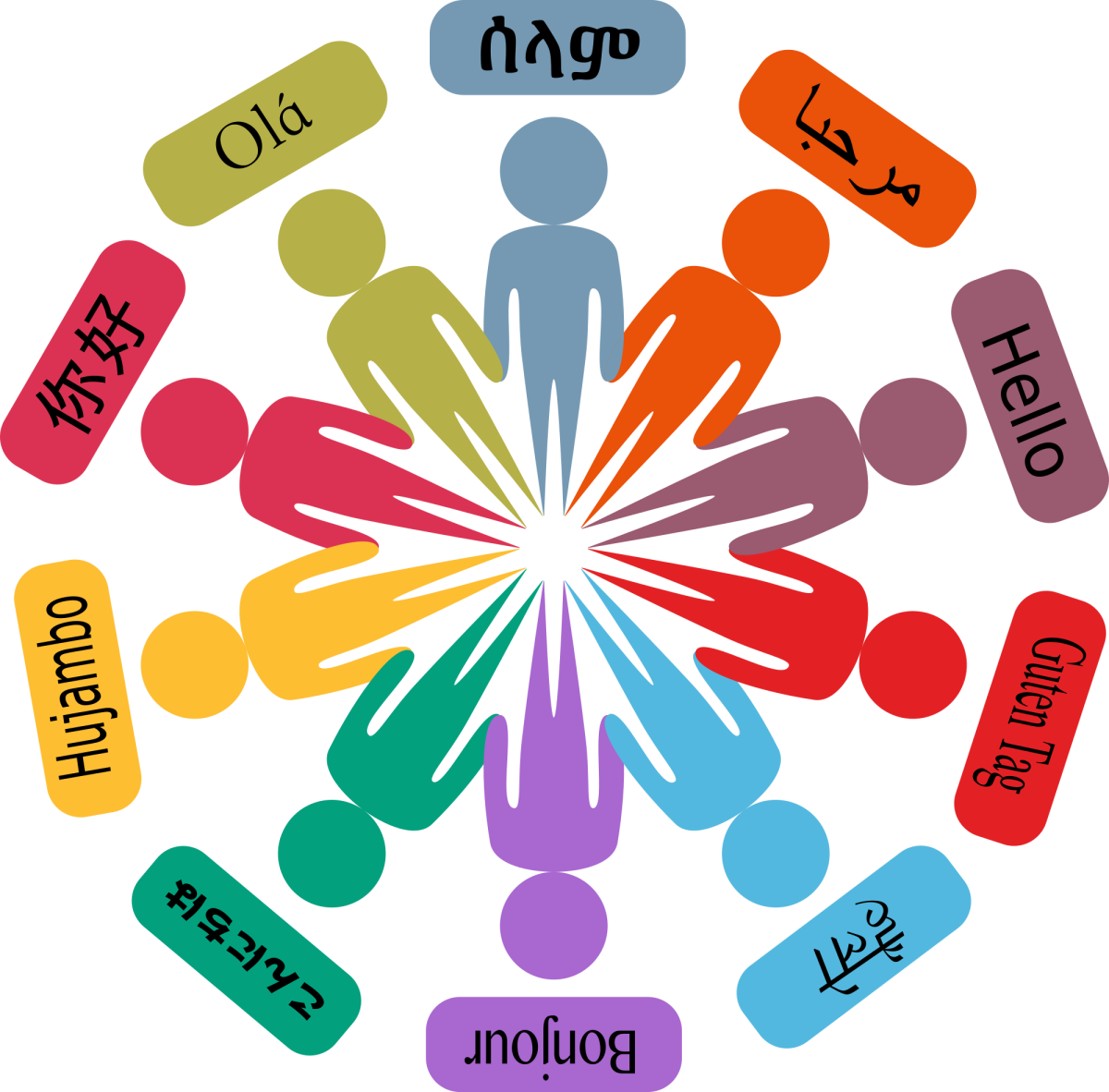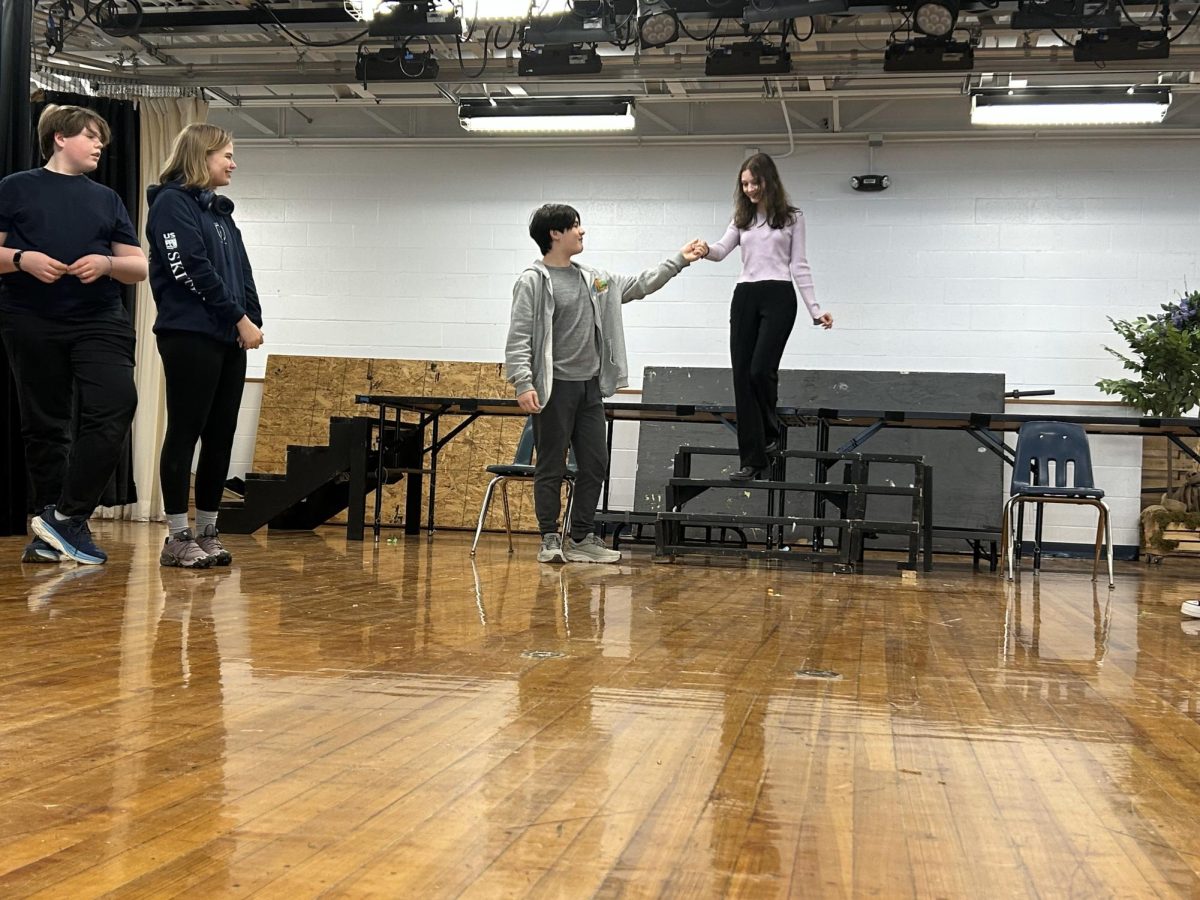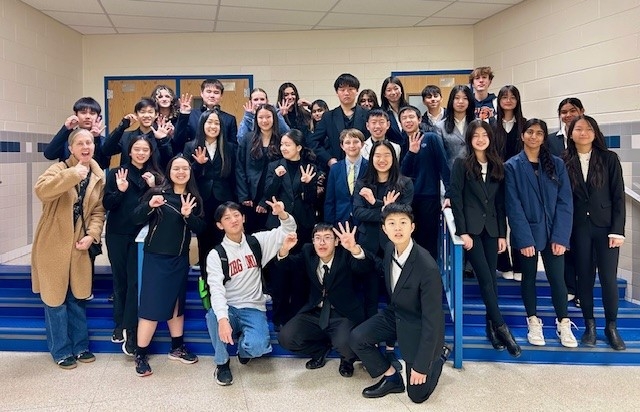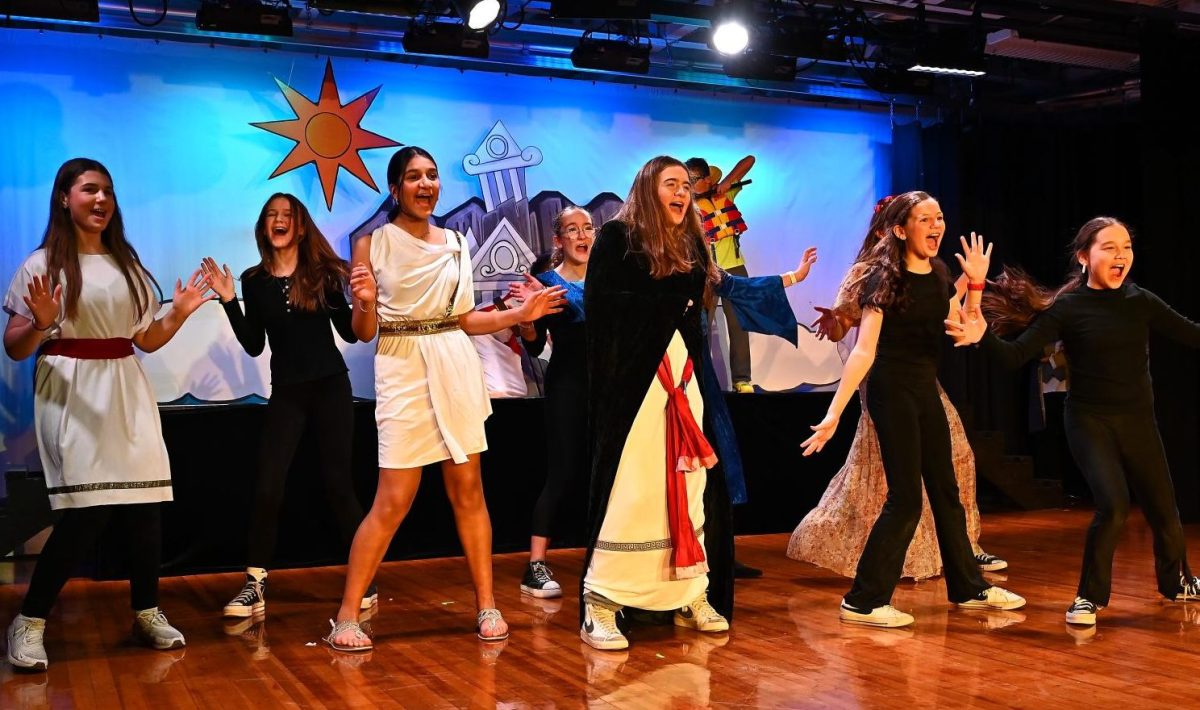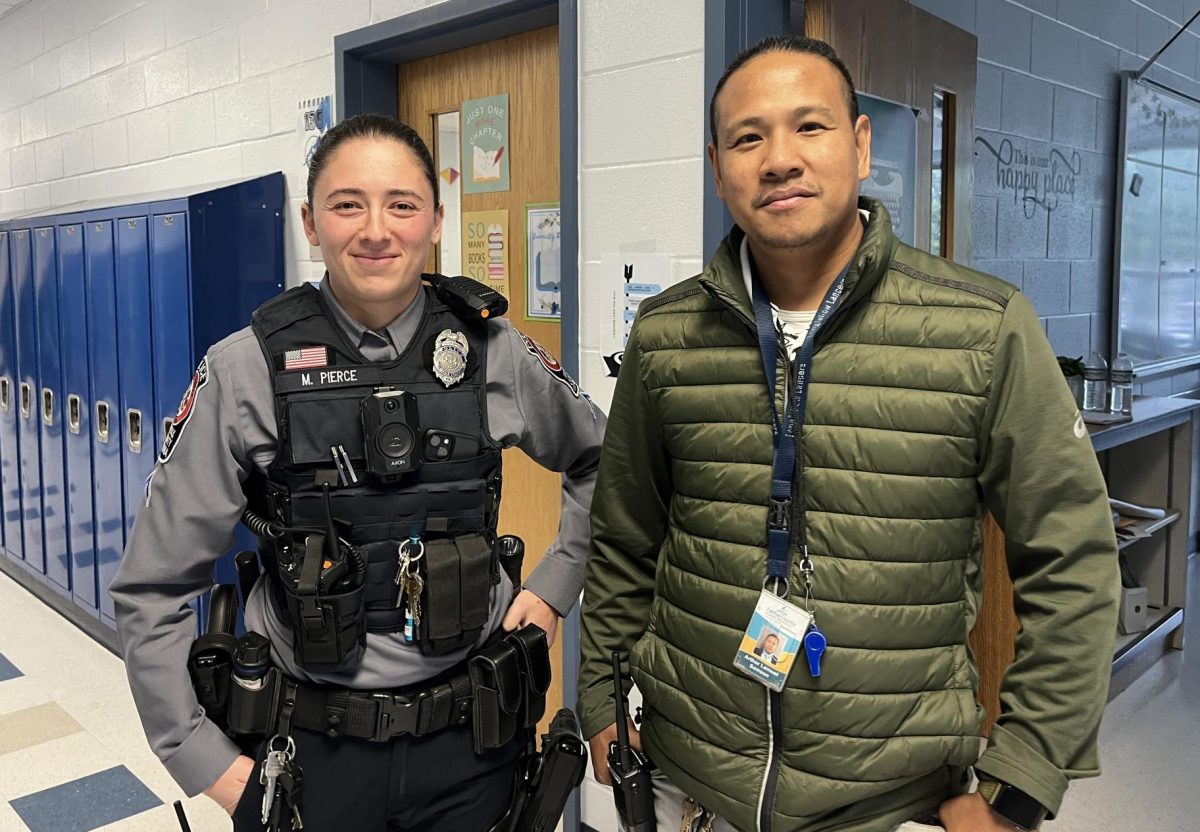In Longfellow Middle School, students speak over 50 languages. In fact, around 23% of America;s population are bilingual, according to the article “The Extent of Bilingualism” from the Cambridge University Press.
According to the NIH, students who are bilingual experience cognitive benefits which boost creative thinking, problem-solving, memorization, and pattern recognition. Not only does it improve one’s brain function, but it also provides more opportunities for jobs and other economic benefits. According to Ecole Bilingual de Berkeley, being bilingual can even delay the onset of Dementia and other symptoms of Alzheimer’s.
“I can relate with both communities which helps me to create positive experiences with both Americans and Korean friends,” said seventh grader Jiseo C., who moved to the US when she was around the age of eight.
Although she has been speaking English for quite a while, and enjoys the ability to relate to both cultures, it also creates an internal divide.
“Sometimes I can’t really decide which community I belong to, since I also feel stuck,” said Jiseo.
8th Grader Helai M. has been speaking English longer than Jiseo. Her native language is Pashto and she has been in the U.S. since 2012.
“I have to translate everything I want to say in English, ” Helai explained, since her first language is Pashto.
Spanish teacher Ms.Villalta Li explained that if a student is learning their third language, they are able to learn it more easily, but when students speak only one language, they have a harder time learning. Still, Ms. Villalta Li said that if students work hard, they could manage to learn another language.
“Spain, basically the whole continent of Europe, they understand that speaking another language can give you more opportunities. So when I came over here, it was really out of culture because I see that languages are electives,” she said.
If you want to obtain the numerous benefits of being bilingual, just sign up for any of the languages provided at school.


